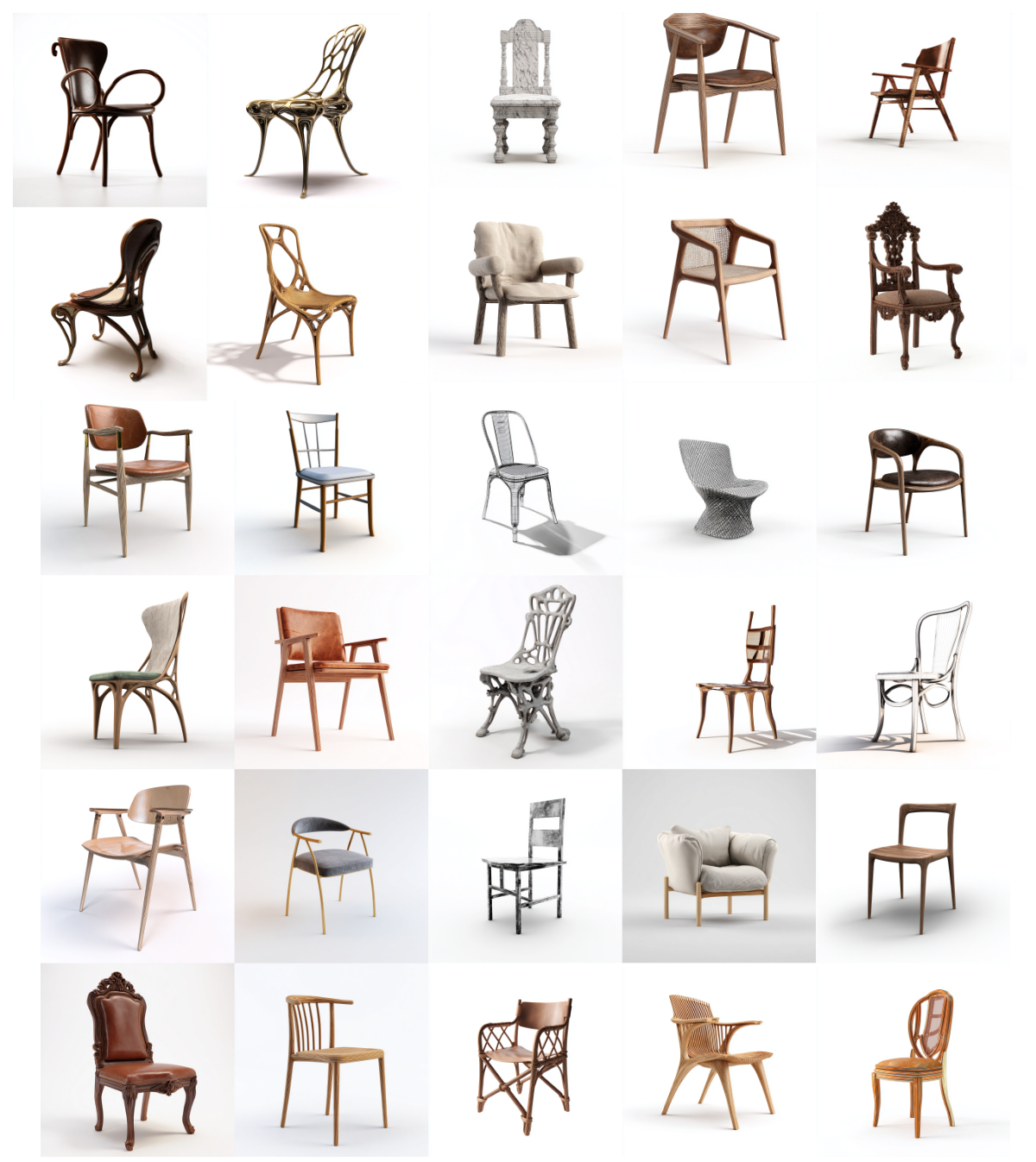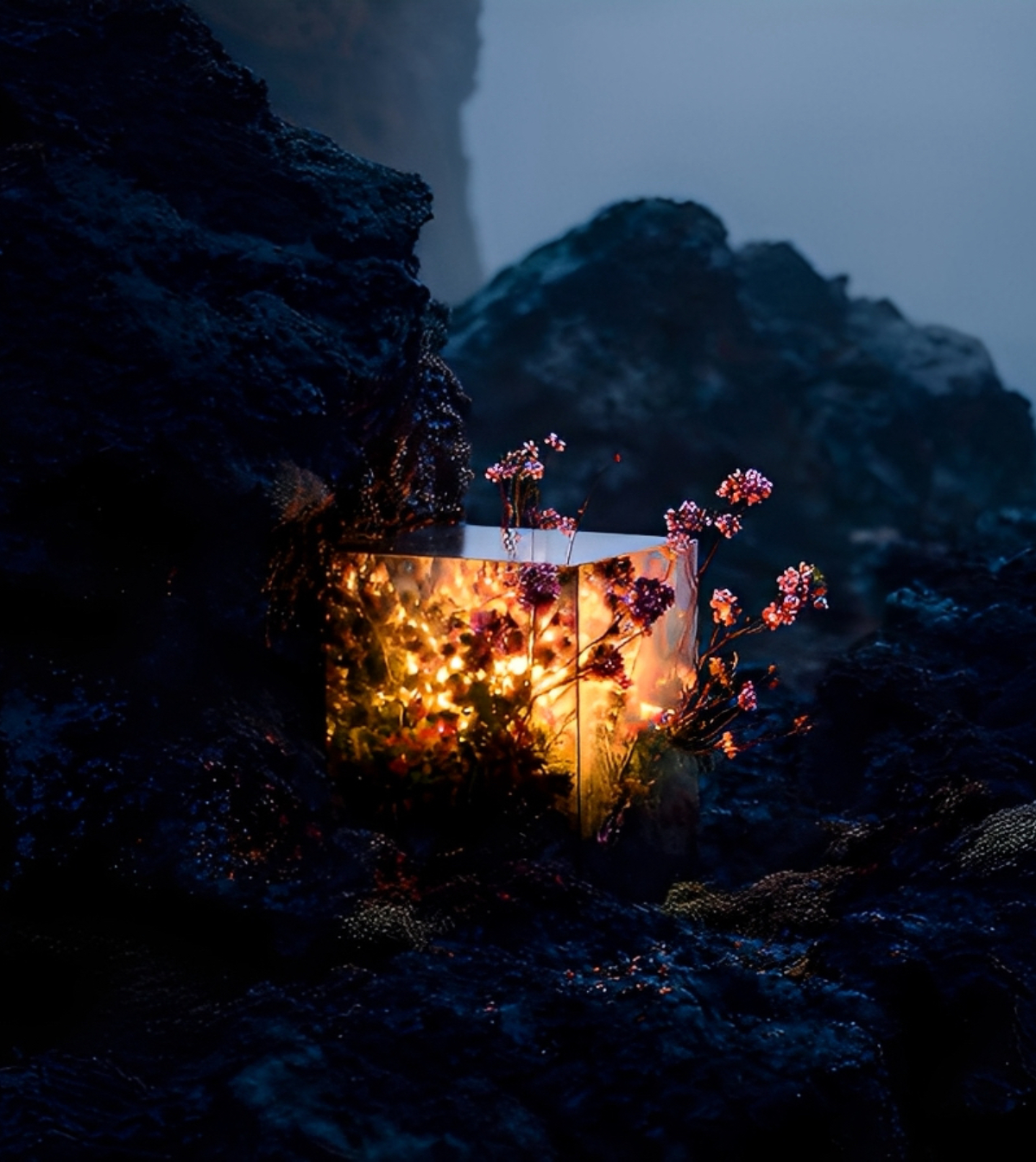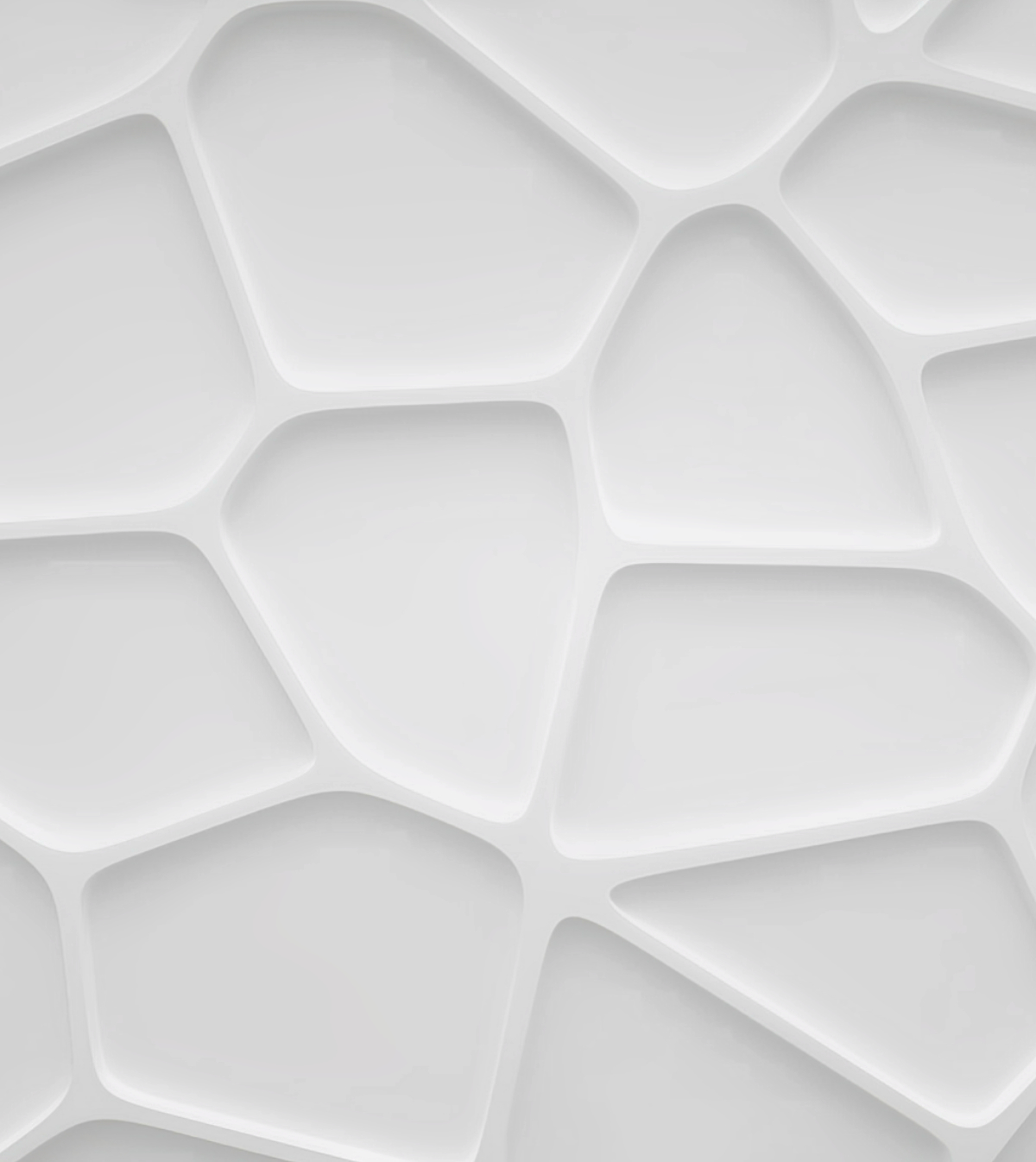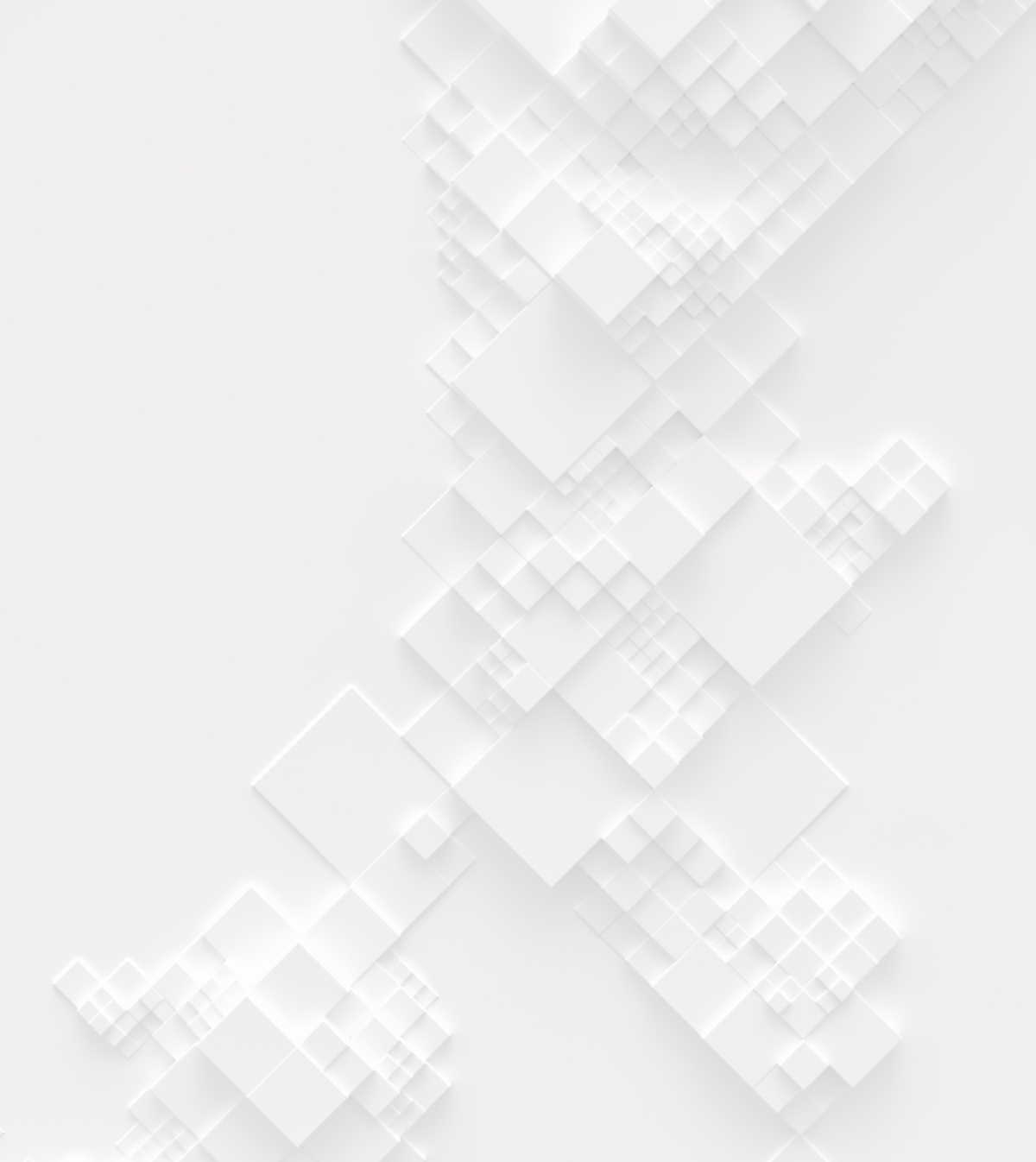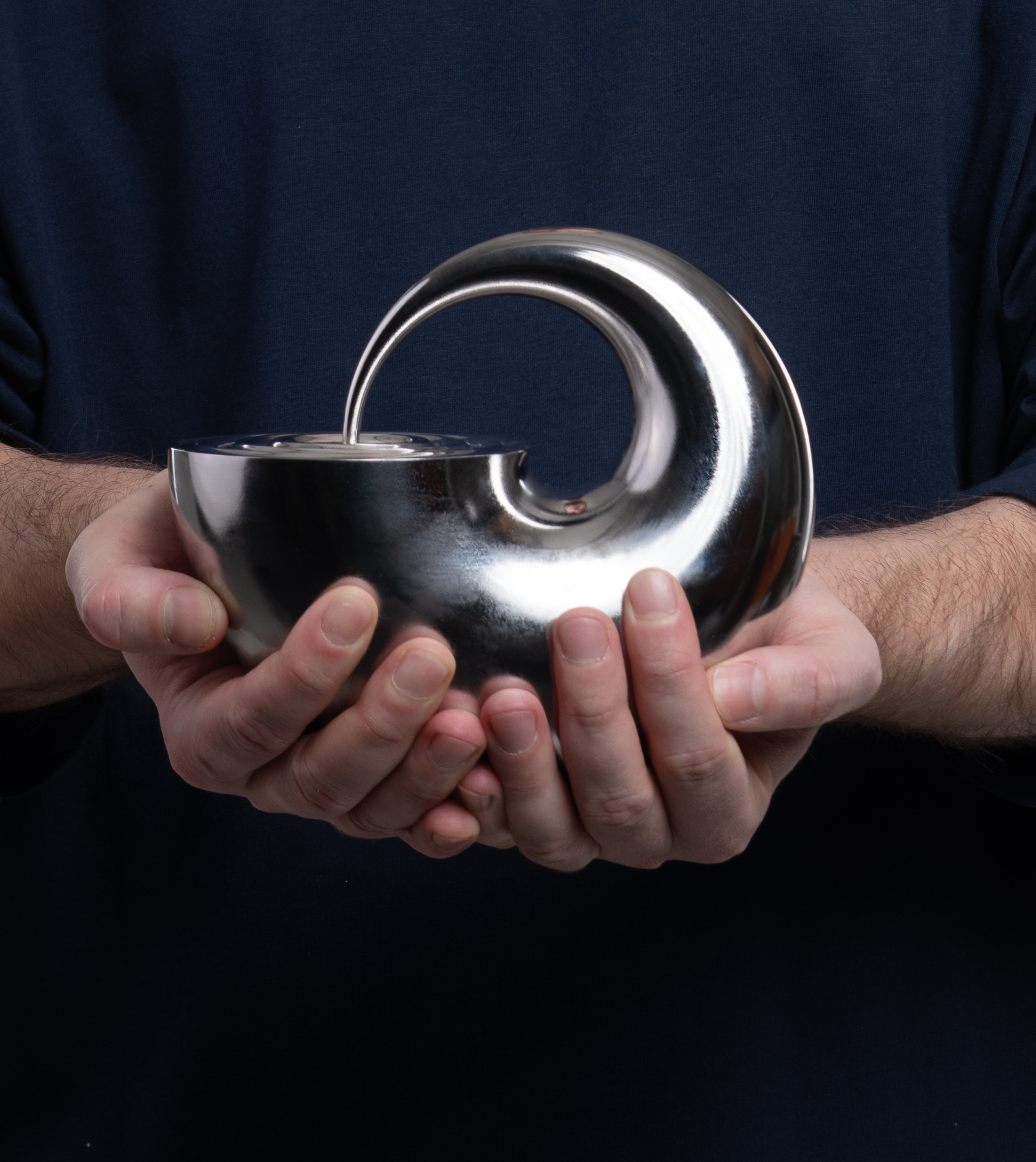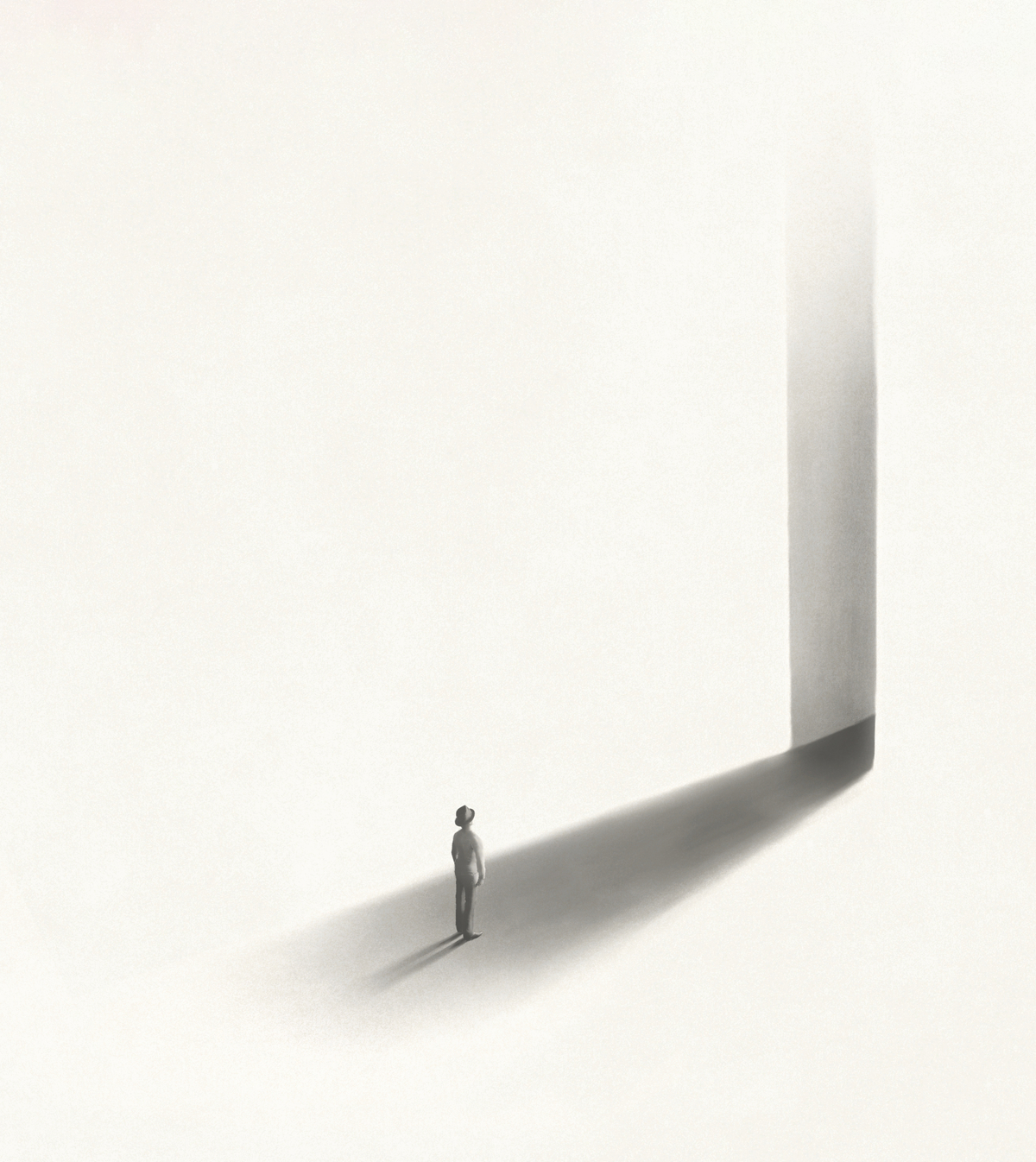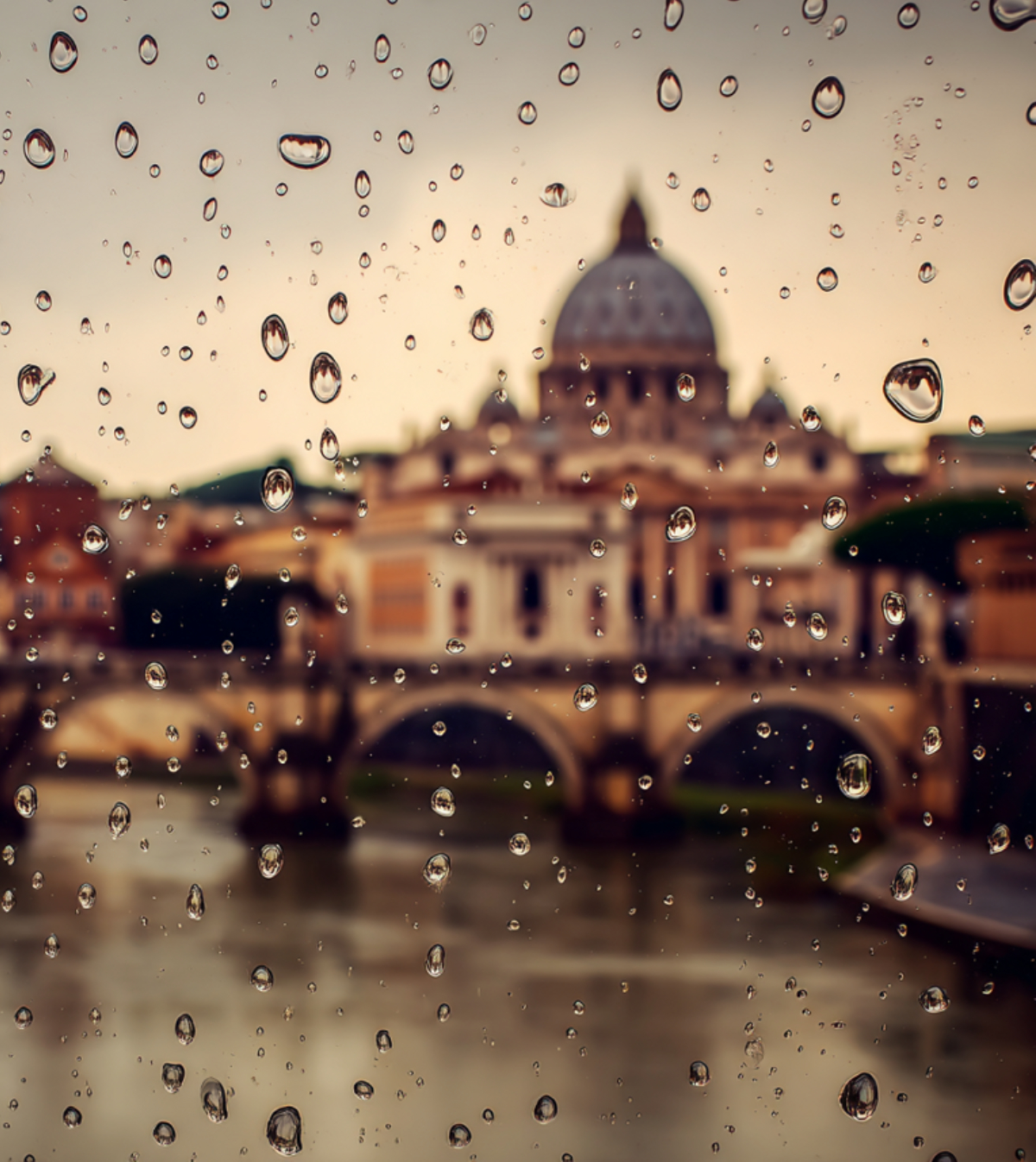We’d like to take the opportunity to introduce you to the 3rd prize winners of our "Children’s Hospice" competition – Iaroslava Komissarova and Ivan Beketov from Denmark!
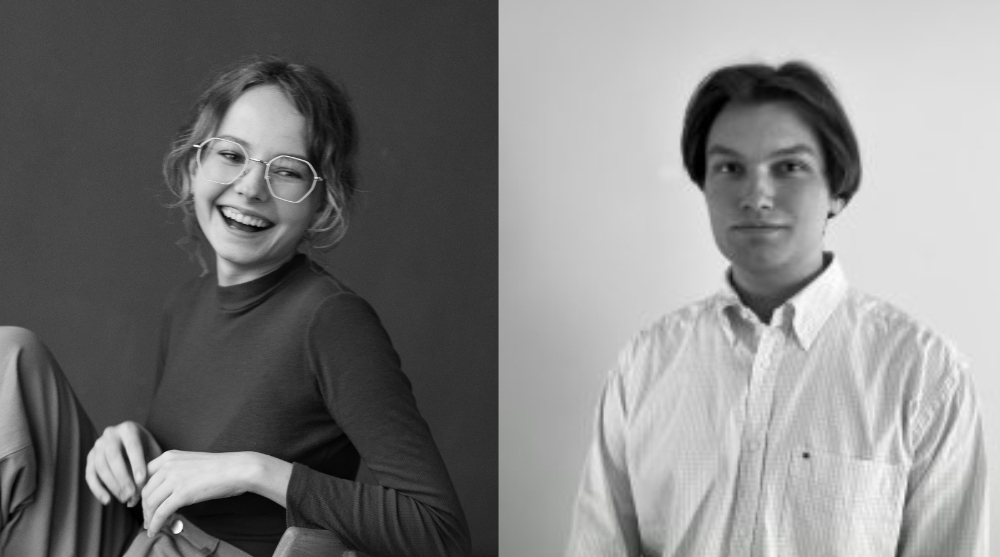
3rd prize winners from Denmark
Iaroslava: My name is Iaroslava Komissarova, and I am an architect with a strong academic background and professional experience. I successfully graduated from London Metropolitan University (LMU) and completed an internship at TRANS architectuur | stedebouw, a Belgian architectural firm. Currently, I am pursuing a master's degree at Aarhus School of Architecture in Denmark, specializing in radical transformation in architecture. Additionally, I am actively involved as a tutor for an architectural course dedicated to modernism. My essay work has been published in the Berlin architectural journal, EN DER ENWURF. Presently, I am working as an architect at JaJa Architects, where I continue to contribute my expertise and passion for innovative design.
Ivan: I am Ivan Beketov, an architect with a diverse background in architectural practices. I completed my studies at MARHI in 2020, focusing on architectural design. Throughout my career, I have gained valuable experience through participation in various workshops, including the "VosSozdaniye" workshop at Tsimailo, Lyashenko, Sytnik studio, as well as the "Georgia" workshop on vernacular architecture organized by the self-initiated “Napas studio”. I have also worked at TSIMAILO, LYASHENKO & CO as a modeling master and architect. Additionally, I had the privilege of working at Blagoe Delo in Abramtsevo, specializing in the restoration of churches. These experiences have allowed me to engage in diverse architectural projects, reʹning my skills in design, visualization, and project coordination. Currently, I am focusing on the restoration of iconostasis in Orthodox churches while pursuing a master's degree in architecture at MARHI, with a speciʹc emphasis on ecclesiastical architecture. This enables me to merge my passion for architecture with a keen interest in historical preservation and cultural heritage.
Brief information about the projects that you/your company have been involved with. For instance, what scale have you focused on/preferred, any significant projects where the company/ individuals have been involved?
Iaroslava: Allow me to share a memorable project from my bachelor's degree studies. We were assigned to design a small social housing development, taking inspiration from Italo Calvino's "Invisible Cities." I chose the city of Isaura, known for its multitude of wells. Collaborating closely with a team of four, we meticulously crated a large clay model depicting a section of the city. This clay model represented Salzig, a ʹctional place symbolizing melancholy and timelessness, drawing inʺuence from Thomas Mann's " The Magic Mountain." Salzig served as a hospice city situated along the shores of a salt lake, oʚering a haven for healing and rejuvenation. The clay model showcased diverse buildings, varying in height, rooʹng styles, and clay tones. Our dedicated two-week eʚort resulted in our model being chosen for the cover of our institute's annual publication, becoming a lasting symbol of our architectural exploration during my bachelor's studies.
Ivan: One of my notable projects is the Shelf-House, an exploration of architectural identity and individual narratives. It features a uniʖue rack structure with hidden elements like staircases, functional blocks, and elevators. Box-like dwellings are placed on vertical slabs, each ʺoor representing a distinct story. The project challenged traditional typologies and embraced individual experiences in architecture. I also created a detailed concrete model of the Shelf-House, allowing me to delve deeper into the structure's intricacies and eʚectively communicate the design's vision. Łe tactile nature of the model enhanced the understanding of spatial qualities and materiality.
What does architecture mean to you and what is the role of an architect in your society?
Iaroslava: I believe that architecture is a powerful language that goes beyond the physicality of buildings. Its grammar, vocabulary, and syntax shape its unique expression and style. Similar to language, architecture communicates information, evokes emotions, and leaves a lasting impression in our memory. Trough its forms, compositions, and materials, architecture tells stories, reʺects values, and conveys ideas. It becomes a symbol of cities and nations, emphasizing their identity and cultural heritage. Architectural structures serve as places for meeting, exchange, and communication, creating comfortable and inspiring spaces for people. Architectural elements, akin to "words" and "phrases," such as columns, arches, facades, and spatial compositions, combine and organize to create architectural "sentences" and "texts." Trough this language, we express our ideas, interact, and engage with the surrounding environment. Architecture also possesses its "dialects" and "styles," reʺecting diverse cultures, eras, and traditions. This allows architecture to be a universal language capable of transcending boundaries and uniting people of diʚerent nationalities and languages. In summary, I perceive architecture as a remarkable language that conveys information, emotions, and ideas, while also fostering unity and creating spaces where people can thrive and be inspired.
Why do you participate in architecture competitions?
Iaroslava: The interdisciplinary nature of architecture is one of its most attractive aspects. Architecture competitions embrace this aspect by not confining us to a single medium. Texts, diagrams, drawings, renders - these are the instruments that represent architecture, but they cannot fully capture its essence. Striking the right balance of these tools in a competition becomes a fascinating challenge. Participating in architecture competitions offers us a platform where our creativity knows no bounds and where opportunities abound, beyond the limitations of traditional design work. It allows us to imagine the unimaginable, delve into complex themes, and question the obvious, creating an exhilarating architectural journey. Collaborating with others further enriches the tapestry of architectural narratives.
What advice would you give to individuals who strugle to decide whether it would be beneficial for them to participate in architecture competitions?
Ivan: When deciding whether to participate in architecture competitions, it's important to consider the pros and cons. On the positive side, competitions can help you showcase your work, expand your portfolio, and connect with other designers. They can also be a great way to challenge yourself and improve your design skills. However, it's important to remember that competitions can be demanding and stressful, especially when it comes to managing your time effectively. So, think about what you hope to gain from participating and whether you're ready to take on the extra workload. Ultimately, trust your instincts and make a decision that feels right for you.
Top 3 Reasons Why You Should Enter Architecture Competitions
Curious about the value of architecture competitions? Discover the transformative power they can have on your career - from igniting creativity and turning designs into reality, to gaining international recognition.
Learn more


